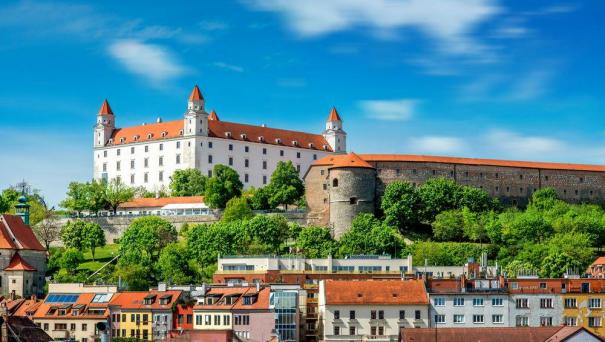About Bratislava
Bratislava, the capital of Slovakia, is set along the Danube River by the border with Austria and Hungary. It’s surrounded by vineyards and the Little Carpathian mountains, crisscrossed with forested hiking and cycling trails. The pedestrian-only, 18th-century old town is known for its lively bars and cafes. Perched atop a hill, the reconstructed Bratislava Castle overlooks old town and the Danube. The history of the city has been strongly influenced by people of different nations and religions, namely by Austrians, Croats, Czechs, Germans, Hungarians, Jews, Serbs and Slovaks. In 2006, Bratislava had 77 commercial accommodation facilities (of which 45 were hotels) with a total capacity of 9,940 beds. Bratislava is the cultural heart of Slovakia. Owing to its historical multi-cultural character, local culture is influenced by various ethnic and religious groups, including Germans, Slovaks, Hungarians, and Jews. Bratislava enjoys numerous theatres, museums, galleries, concert halls, cinemas, film clubs, and foreign cultural institutions. Most historical buildings are concentrated in the Old Town. Bratislava's Town Hall is a complex of three buildings erected in the 14th–15th centuries and now hosts the Bratislava City Museum. Bratislava has cold winters and warm summers with about 50mm of rainfall every month.
